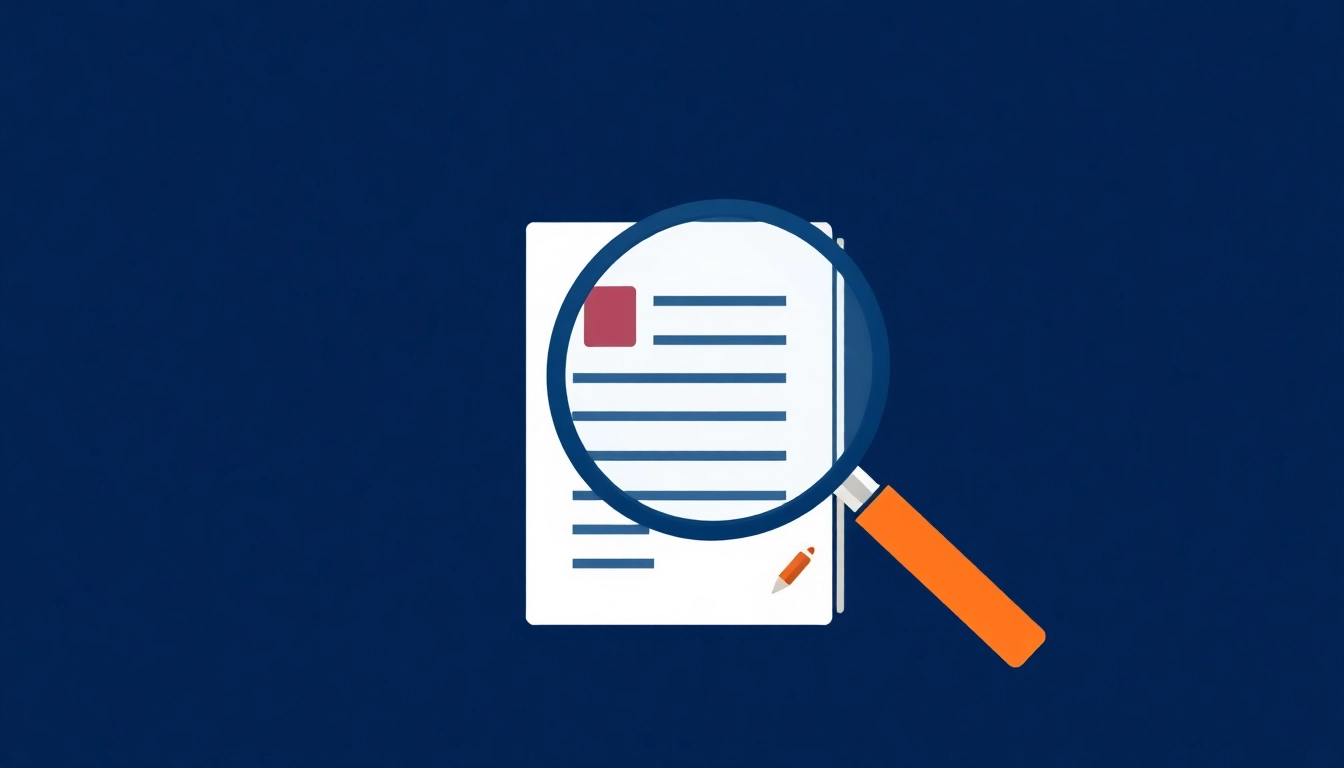What is More Information?
The phrase “more information” commonly refers to additional details or data about a particular topic or subject. It serves as a prompt for individuals seeking further clarity, insights, or deeper understanding. Essential in communication and interaction across various fields—be it education, business, or personal contexts—this phrase acts as a gateway to explore beyond the initial surface. If you’re navigating a complex subject or need deeper insights, seeking more information can guide you to better decisions and informed choices.
The Definition of Information
Information can be defined as data that is processed, organized, or structured in a way that it provides meaningful context. It encompasses a variety of formats, including facts, statistics, and narratives. Information plays a critical role in decision-making and knowledge transfer. For instance, in a business context, information might include market research data, financial reports, and product specifications that help in strategizing and planning.
Importance of Seeking More Information
In a world inundated with data and knowledge, the capacity to seek out additional information is invaluable. It allows individuals to:
- Make Informed Decisions: Accessing more information empowers individuals to make better choices, whether in purchasing decisions, academic pursuits, or professional developments.
- Enhance Knowledge: Seeking further information fosters continuous learning and personal growth, allowing individuals to expand their horizons.
- Uncover Hidden Insights: More information might reveal trends or insights that are not immediately obvious, leading to innovative solutions and strategies.
Common Contexts for its Use
The phrase “more information” can be found in multiple contexts such as:
- Academic Research: Students and researchers often seek more information to support their arguments or explore new perspectives in their academic pursuits.
- Business Communications: In corporate settings, the phrase may be used in emails, reports, or presentations to guide teams toward further exploration of topics.
- Customer Service: It is commonly employed in customer interactions to invite inquiries and address customer needs comprehensively.
When to Use the Phrase More Information
Formal vs. Informal Usage
The phrase “more information” can be utilized in both formal and informal settings. In formal contexts, such as business meetings or academic discourse, the phrase is often used to signal a need for deeper investigation. In contrast, in informal conversations, it might surface when discussing everyday topics, such as recommendations for restaurants or travel advice.
Examples in Professional Settings
In a professional environment, one might encounter the following scenarios:
- A manager may say, “For more information regarding the project timeline, please refer to the project dashboard or reach out to my office.”
- During a conference presentation, a speaker might conclude with, “For more information, you may access the white paper available on our website.”
Everyday Scenarios Requiring More Information
In daily life, individuals might request more information in various situations such as:
- Asking a friend for more information on a recently read book.
- Seeking more information about travel packages before making a booking.
Alternatives to More Information
Synonyms and Their Appropriate Contexts
There are several phrases that can serve as alternatives to “more information,” each with its nuances. Some of these include:
- Additional Details: Often used to indicate specific information required about a subject.
- Further Insights: Suggests a deeper analysis or understanding of complex issues.
- Supplementary Information: Common in formal contexts, this phrase signals that extra data is provided.
Comparative Analysis of Similar Phrases
When selecting an alternative to “more information,” context is crucial. For instance, “additional details” might be more appropriate in a formal report, while “tell me more” is suitable in casual discussions. Each phrase carries specific connotations that can affect the tone of the communication.
Situational Examples for Each Alternative
Here are examples demonstrating the use of these alternatives:
- In an email to a client, one might write, “We are happy to provide additional details on the services we offer.”
- During a brainstorming session, a participant could say, “Let’s explore further insights into market trends that affect our strategy.”
Common Mistakes and Misunderstandings
Grammatical Errors Associated with Information
One of the common grammatical mistakes people make when using the word “information” is treating it as a countable noun. Information is always uncountable. Thus, phrases like “informations” are incorrect. It’s essential to remember this to avoid confusion in communication.
Differences Between Information and Informations
As noted, “information” does not have a plural form. Therefore, correct usage would be “pieces of information” rather than “informations.” Understanding this distinction is critical for precise language usage.
Addressing Misuse in Communication
Effective communication involves the clear understanding of terms. When encountering misuse of the term “information,” gently correcting the speaker or writer can help foster better understanding. Offer explanations or references that clarify the correct usage without being confrontational.
Enhancing Communication with More Information
Best Practices for Providing Clear Information
To enhance communication, consider implementing the following best practices:
- Be Concise: Aim to present information clearly and succinctly.
- Use Examples: Incorporate real-world examples to clarify complex points.
- Encourage Questions: Foster an environment where asking for more information is welcomed.
Tools and Resources for Gathering More Information
Several tools can aid in collecting more information, including:
- Search Engines: Tools like Google allow for comprehensive searches across various topics.
- Online Databases: Resources such as JSTOR or Google Scholar for academic articles.
- Surveys and Questionnaires: These can be useful for gathering specific data from targeted audiences.
Measuring Effectiveness: Feedback and Revisions
To ensure the information provided is effective, seeking feedback is crucial. This might include surveying audiences about their clarity of understanding or asking for ways the information could be improved. Use this feedback to revise and enhance the quality of future communications.



